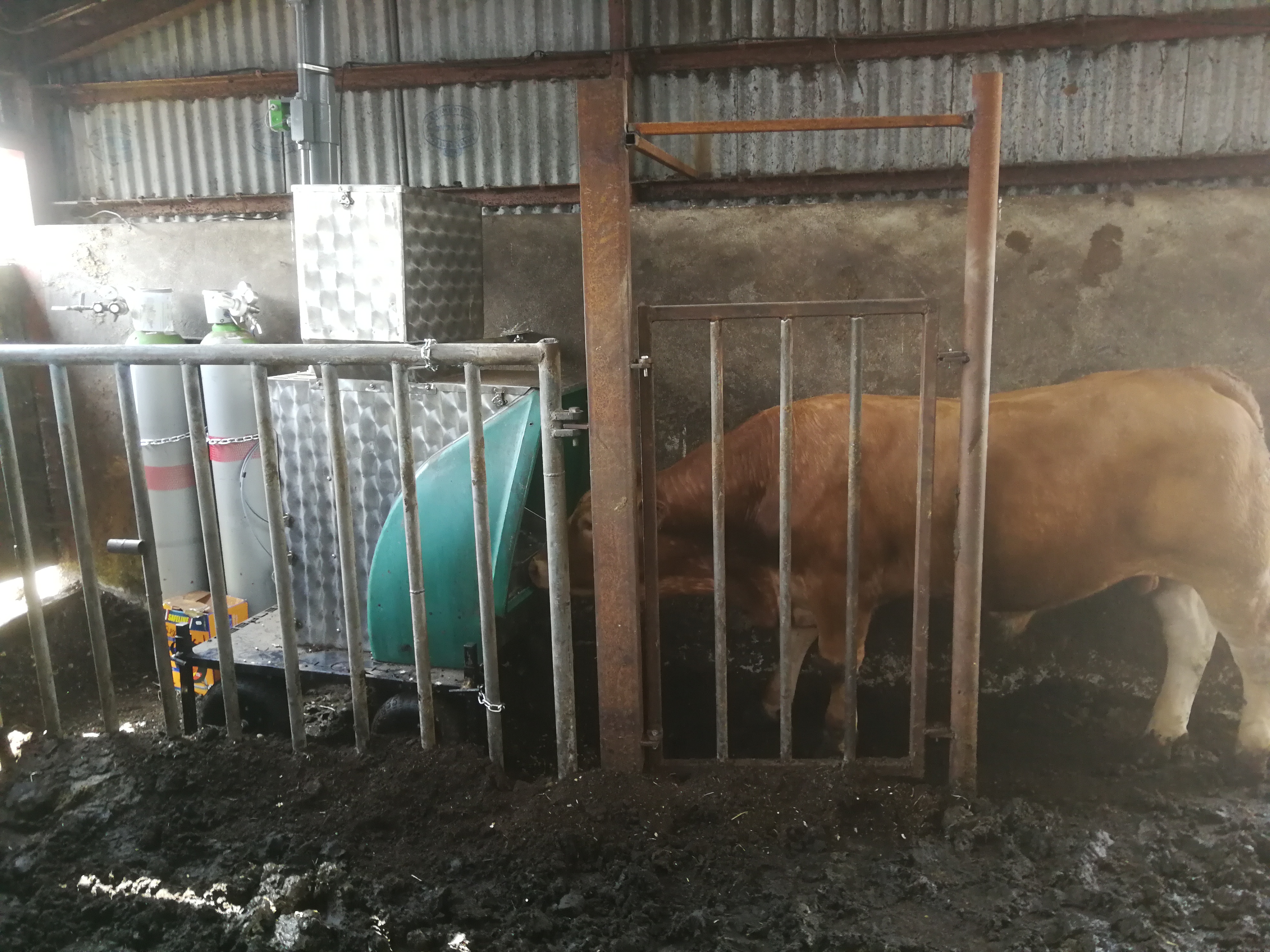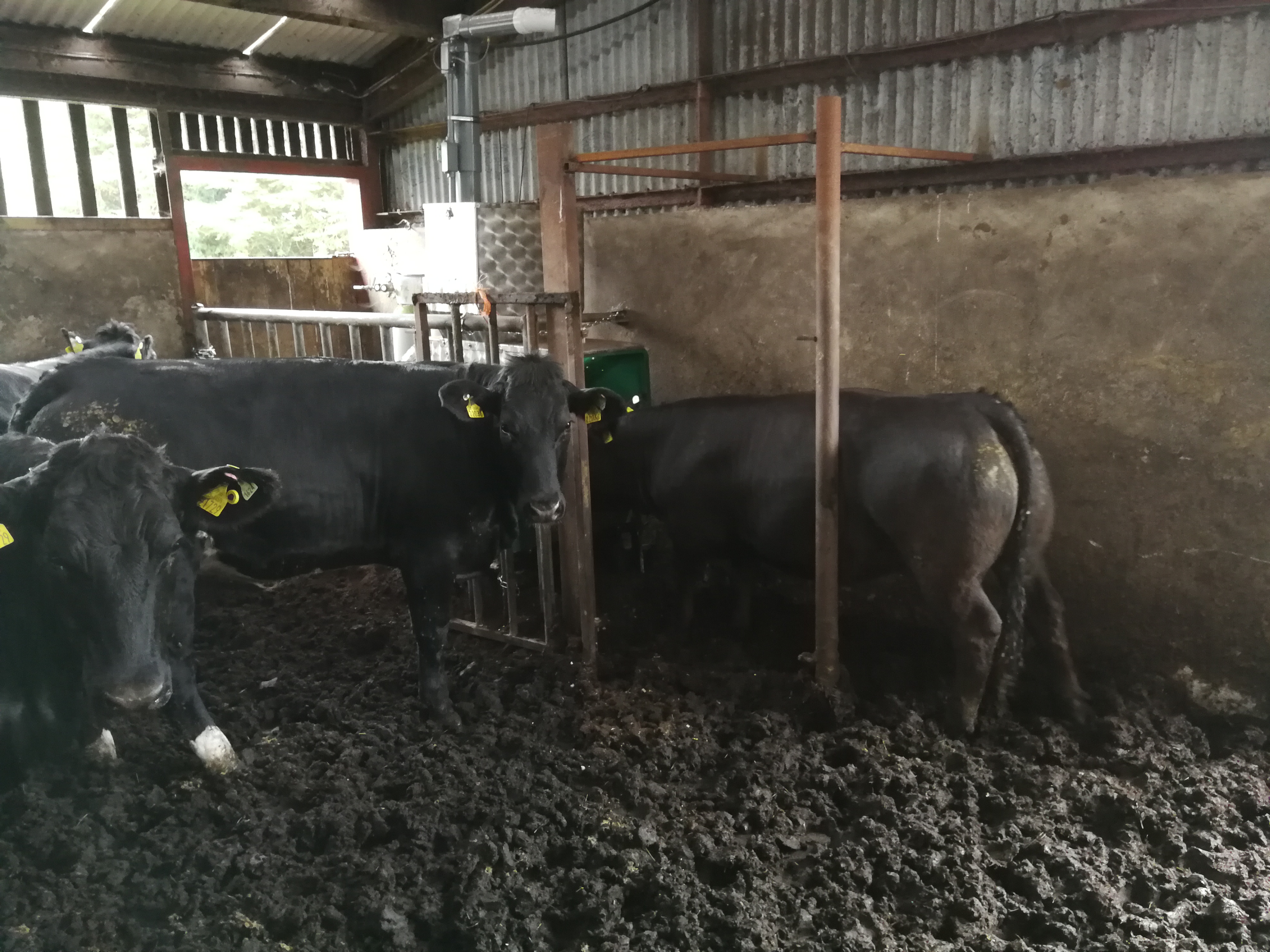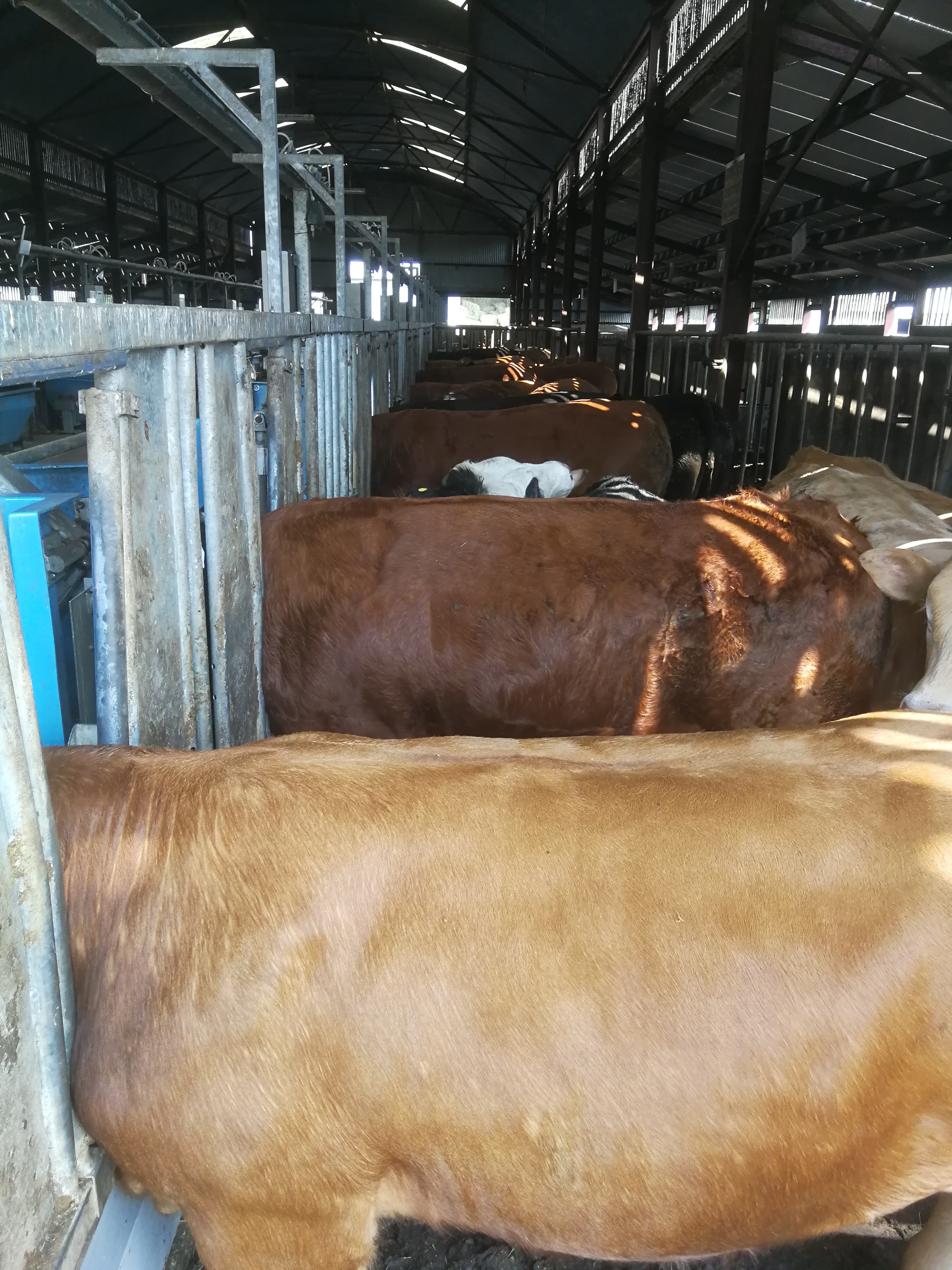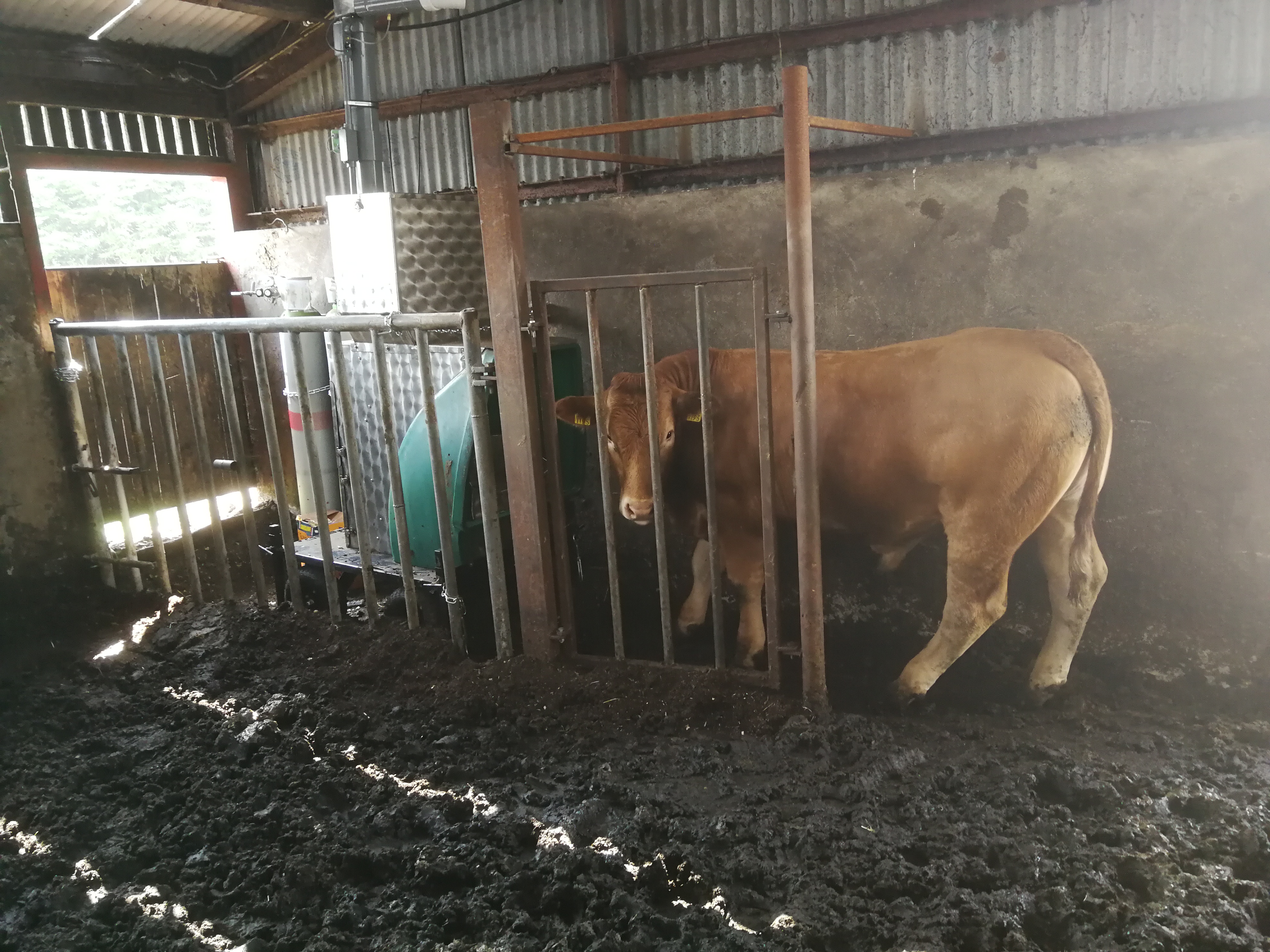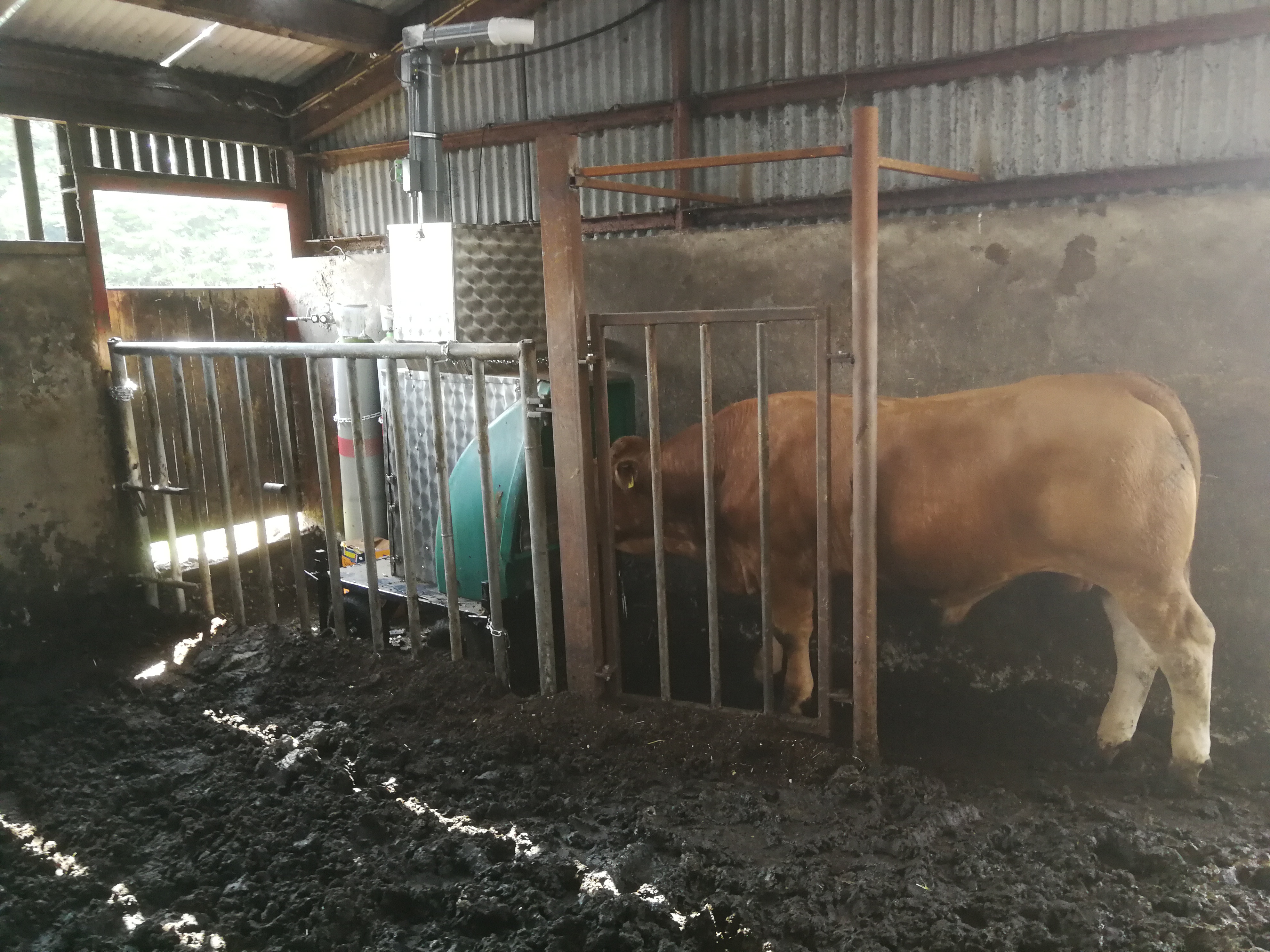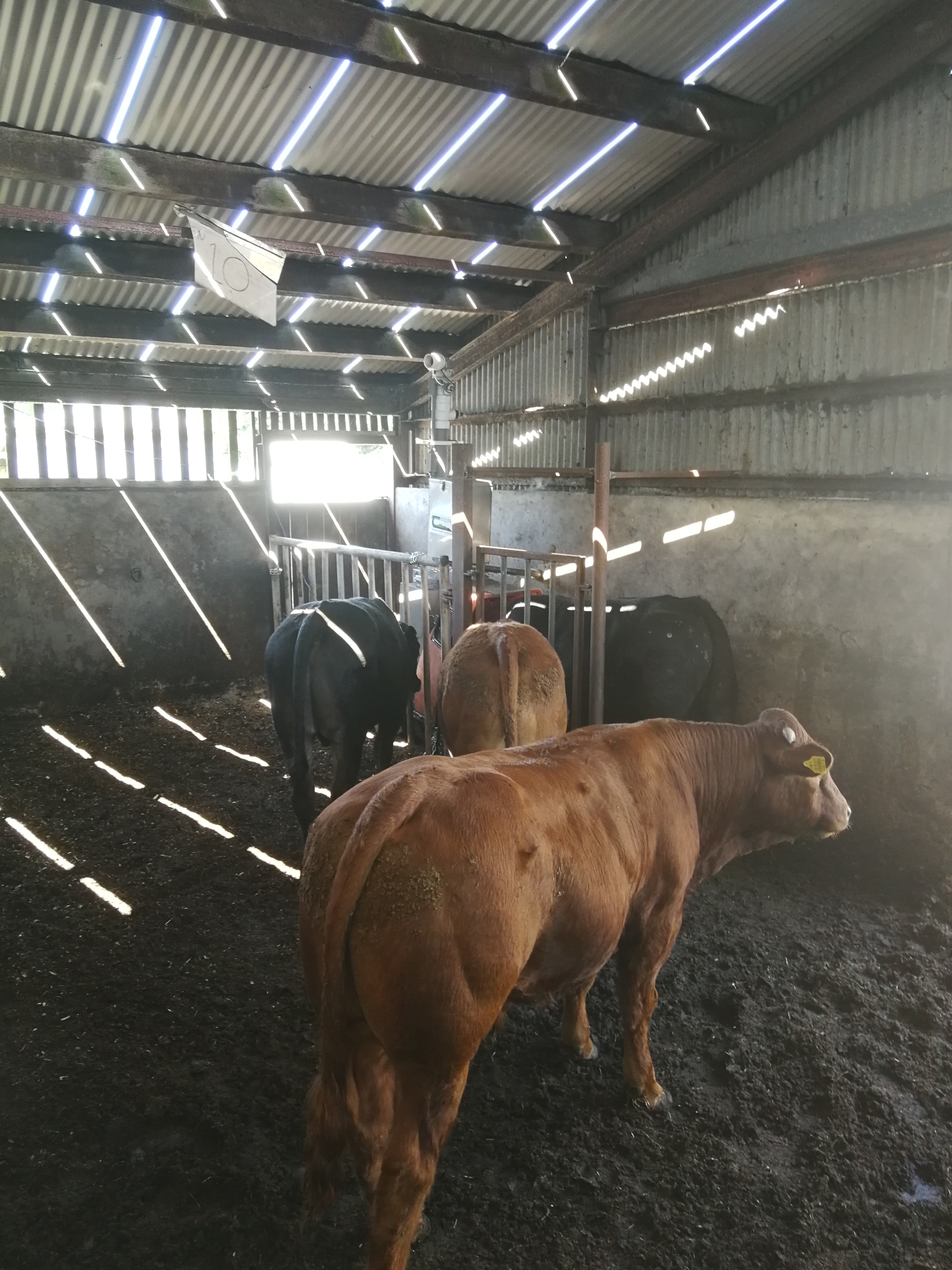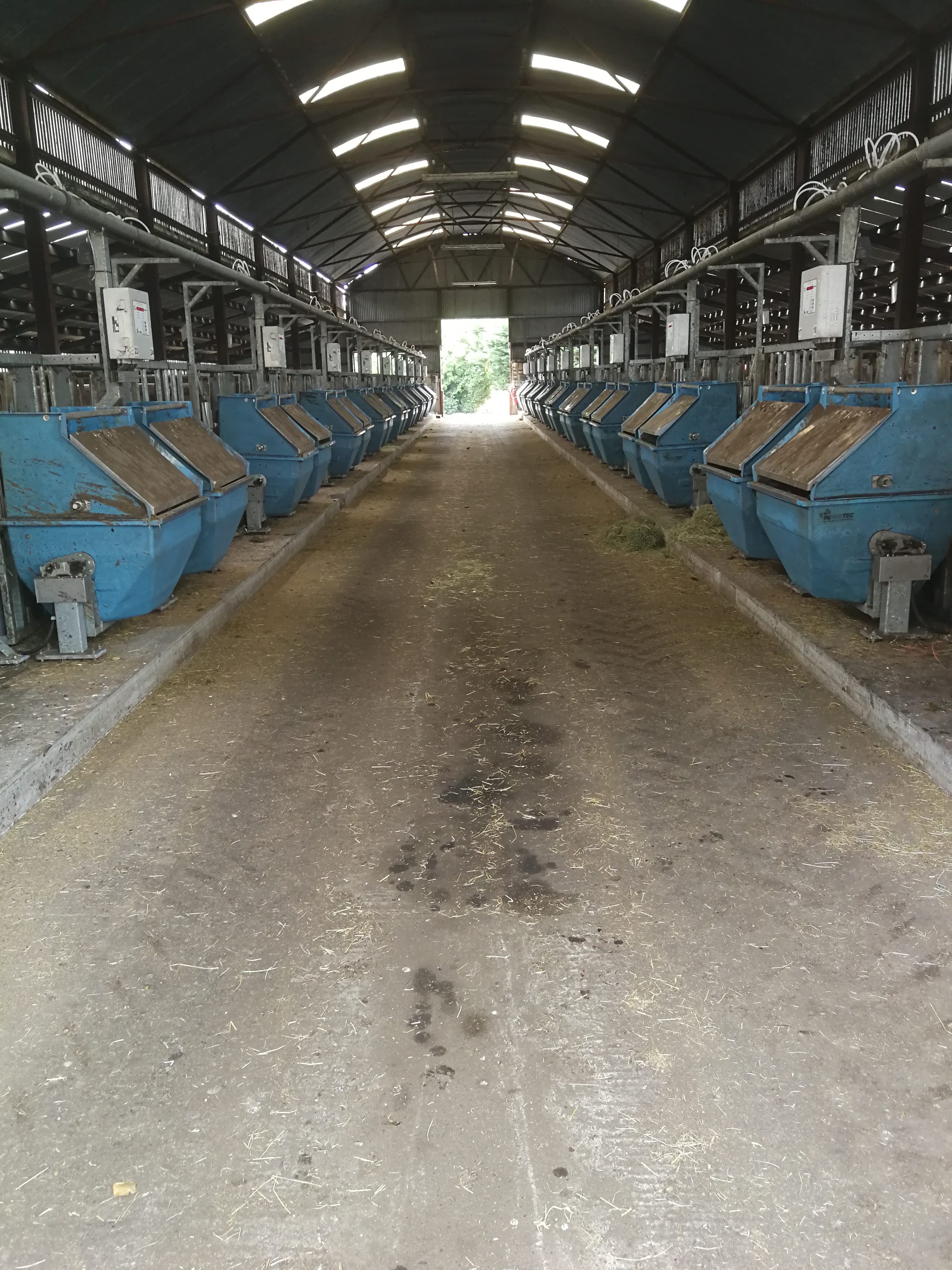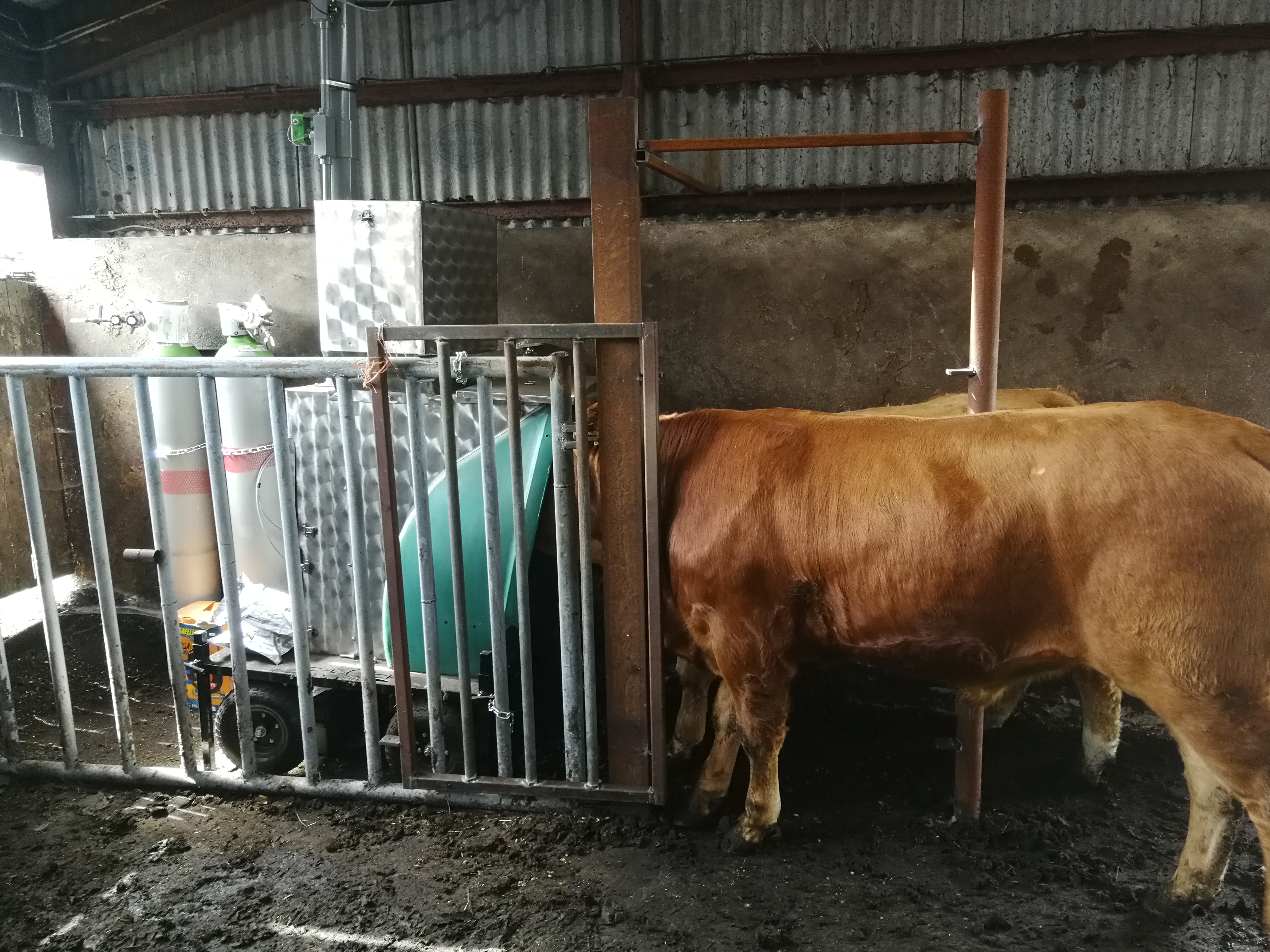The on-going Tully trial work forms part of the international collaborative project called ‘RumenPredict’, which aims to link the rumen microbiome, host genetics to feed efficiency and methane emissions phenotype to benefit mitigation strategies.
Irish members of RumenPredict include ICBF, UCD and Teagasc. The project itself is funded by ERA-GAS which is part of ERA-NET and Horizon2020. There are three main objectives of this project, two of which will directly involve the work being carried out at Tully.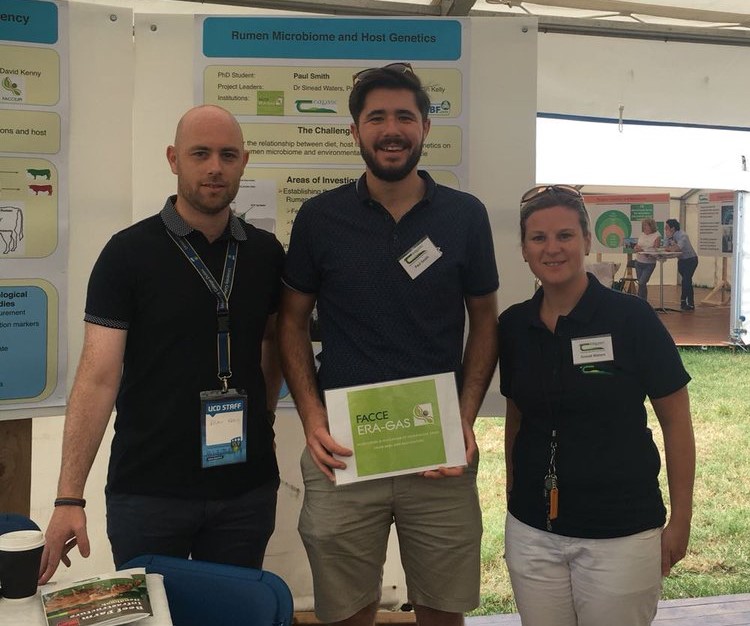
Both the second and third objective of the study will directly involve the work being carried out in Tully and will focus on:
- Increasing our understanding of the role of diet, host genetics, and rumen microbiome on both economic and environmental outputs, such as feed efficiency and methane emissions.
- Identification of DNA based biomarkers associated with a rumen microbiome that facilitates greater feed efficiency and lower environmental footprint.
The relevance of this project centres around the need to sustainably feed an ever increasing global population while minimising negative impacts on the environment. Methane is a greenhouse gas produced by a group of rumen microbes, known as methanogens, and is a normal by product of ruminant fermentation. Methane, arising from ruminant livestock, accounts for near 40% of agriculture’s emissions with cattle production (both beef and dairy) being responsible for nearly three quarters of agriculture’s methane emissions.
The production of methane, known as methanogenesis, is an energy inefficient process, which not only impacts the environment, but also results in 6-12% of the animal’s gross energy intake being diverted away from the animal towards methanogenesis. As traits, both feed efficiency and methane production are related and it has been shown that cattle which are more feed efficient emit less methane hence providing dual benefits to the sector through their improved feed efficiency and lower environmental outputs. As such, approaches targeting a reduction in methane align with Irish agriculture’s sustainability goals by having the capability to both improve on farm profitability and efficiency while benefiting the sectors climate mitigation efforts.
Over a 2 year period the on-going ‘RumenPredict’ work in Tully aims to measure methane emissions on over 300 cattle passing through the progeny test centre. Rumen microbial analysis will be performed on extreme animals divergent in methane emissions to determine differences in the microbial population of high and low emitting animals. Coinciding with this, genetic or genotyping analysis will be conducted to determine how the host animal’s genetics influences the microbial population allowing us to link the animal’s genetics with the rumen microbiome and explain how this influences methane emissions.
To measure methane emissions, two GreenFeed Systems have been installed in Tully. The GreenFeed System allows for individual animal methane measurements to be collected in a commercial setting. Each animal is fitted with an RFID ear tag which allows the GreenFeed to identify animals individually. As the animal approaches the GreenFeed, a small amount of feed is dropped to both attract and keep the animal positioned at the machine. Feed is dropped every 30 seconds over a 3 minute period with animal access to the machine evenly spread over the day. While the animal is feeding, the GreenFeed estimates methane emissions by extracting the air surrounding the animal’s head and filtering it by a sensor which determines the amount of methane the animal emits in between feeding. Contrary to popular belief, ruminants exhale most of the methane they produce hence allowing the GreenFeed to estimate methane emissions from the breath of the animal.
As part of the genetic analysis being performed, the end goal of this project is to discover DNA based biomarkers which will help to explain differences in the methane emission of animals. Such markers have the potential to be included in national and international breeding programmes to benefit the breeding of cattle with a more efficient rumen microbiome associated with greater feed utilisation and decreased environmental outputs.
ICBF would like to acknowledge Paul Smith, Teagasc for taking the time to share this information with ICBF in order to publish.

